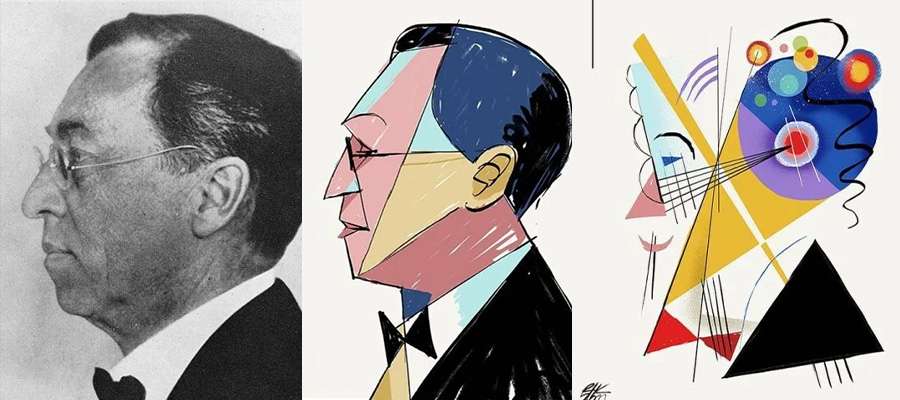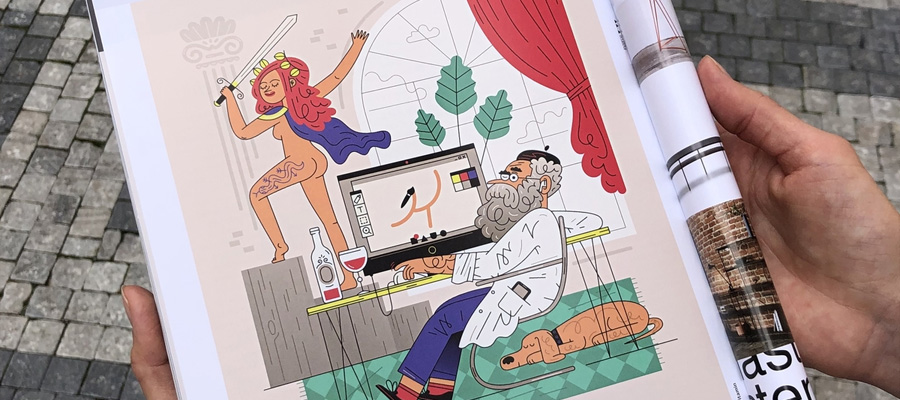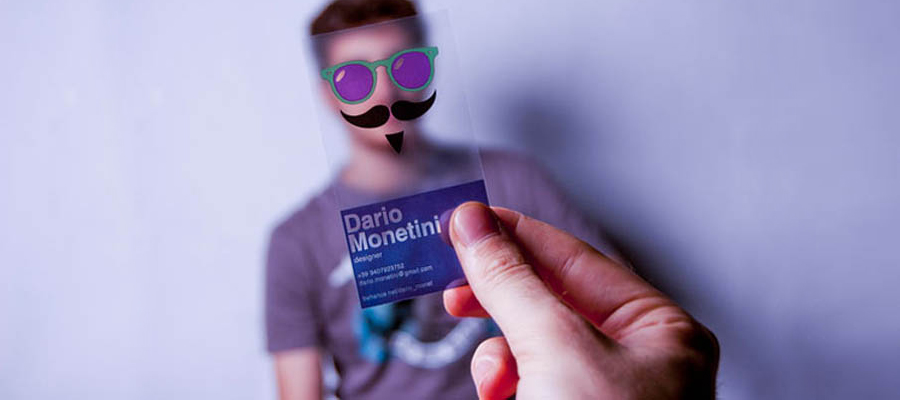According to statistics on art from Art Radar Journal, around 28% of creative people around the world consider themselves to be artists. From this figure, roughly 32 million people who identify as artists, only 10 million say they actually get financially compensated for their artistic endeavors. Undoubtedly, there are many artists around the world who don’t do art for a living. Many creatives take on office jobs in the corporate world during the day, and set aside their artistic pursuits for their free time.

illustration by Uran Duo
So if you’re an artist working in a corporate setting, how can you express your creativity in day-to-day experiences? Here are some things you can do:
Offer creative insights at work
People who are attuned with creativity and design can be a bit of a mystery for colleagues and bosses. Compared to those who are good at working within the system, a creative person is an out-of-the-box thinker who has their own way of doing things. To reconcile your creative and professional self, why not put your ideas and insights forward? Be more vocal about your thoughts on different work projects, and see if you can deliver. Of course, this can be risky. Being too vocal or unique can feel isolating. In fact, an Iowa State University study on speaking up at work reveals that a “challenging voice” is less palatable than “supportive voices” who fuel teammate trust and cooperation. The key to balance is to use storytelling techniques, which will help you transform your ideas from crazy to visionary. Hone your communication skills and present your ideas in a more empathetic way towards senior executives to get the best of both worlds.
Learn new art skills as part of your career development
We all know how important it is to learn new things. According to an article on diagnosing career health by LHH, employees know that closing skill gaps and developing new competencies are essential to a healthy professional life. Employees who can tap into their curiosity and lifelong learning are on a good path to success. Even C-suite executives are slowly recognizing the importance of upskilling their workforce, so it may be a good time to pitch taking courses on business-relevant art skills. Photography, digital art, and editing are all highly-transferable in an office setting, whether for UX design, corporate branding, or idea visualization. Talk to your manager to ask for support with your training then further your career by applying these newfound skills both in and out of the workplace.
Invest in a personal passion project
Global research on passion from PNAS shows that in individualistic societies, passion is a strong predictor of achievement. It’s no surprise that the concept of a “passion project” is so popular in the west. A passion project is defined as something you do just because you enjoy it. You find value in it, and you don’t mind working on it during your free time without pay — although you can potentially earn money from it. Artists should have a passion project on the side, especially if they’re stuck with the administration and monotony of a nine-to-five. Having a passion project can foster creativity, exploration, and artistic self-discovery. To uncover your passion project, try to think of something you’ve always been interested in. Even if it seems unconventional, follow that tug and see where it leads.You can further fuel your inspiration by connecting with other artists who inspire you. Whether it’s fine art, typography, digital art, illustration, UI design, 3D, or photography, there’s a good chance you’ll stumble across a kindred spirit in our list of ‘Creative Instagram Accounts to Follow’. Do check out some of these creative influencers today and get your artistic juices flowing, even while you're still planning your next masterpiece while working in your day job.




















